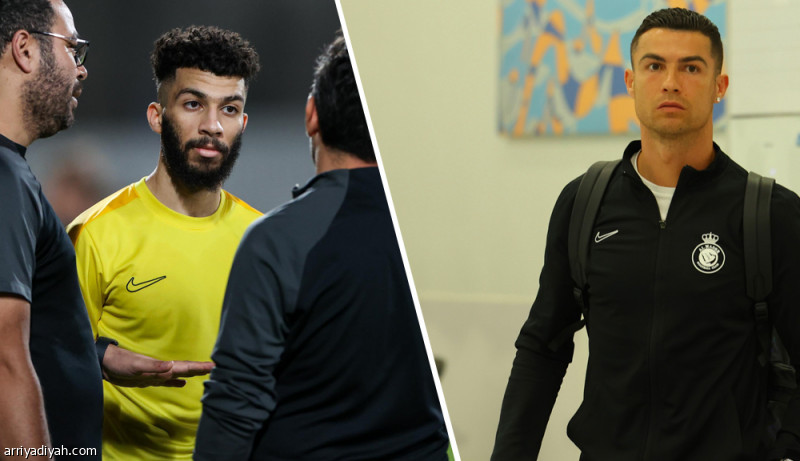Despite almost 30 years of bob campaigns, there are still many alcohol-related accidents during the holidays. Have the campaigns done nothing? ‘It just takes a long time to change a mentality.’
On New Year’s Day there is an accident involving a drunk driver almost every hour. The traffic institute VIAS arrived at this sobering analysis by analyzing the figures on accidents during the holidays over the past ten years. On an ordinary day, alcohol is already a persistent culprit. Eleven percent of accidents involve a driver under the influence. However, on New Year’s Eve this percentage rises to 33 percent.
The percentage is also significantly higher during the Christmas holidays, the analysis shows The last news previously reported. These figures present the situation even more positively because the corona years – when bubbles referred to something other than champagne – are also included. The predecessor of VIAS, the BRSI (Belgian Road Safety Institute), started the bob campaigns in 1995. Why are we so stubborn, despite the fact that the message has been hammered into us for years?
The temptation to drink ‘one’, followed by numbers two and three, is still too great for many drivers, it appears. The fun at the festive dinner thus has a dark side in the accident statistics. Spokesman Stef Willems speaks about a group of ‘you-m-errors‘, who don’t care about the rules at all. “They consider it their freedom to drink,” says Willems.
Tellers
Many other directors fool themselves. The legal limit of 0.5 per mille corresponds in principle to two glasses of alcohol. But anyone who counts their drinks can be disappointed. “It concerns two units,” says Willems. “But at family parties, large glasses are often poured, so that one glass quickly corresponds to one and a half units. If you drink two glasses, you are above 0.5 per mille.”
‘He who drinks, doesn’t drive’ is therefore the slogan of the bob campaign this year. It is aimed precisely at such ‘counters’, people who think they can get away with a few drinks. According to VIAS, the law should also convey that message. It therefore advocates lowering the legal threshold to 0.2 per mille. In practice, this amounts to zero tolerance.
In addition to alcohol, the police are increasingly confronted with drugs. This recently became apparent in Hasselt, where officers checked the vicinity of a techno event in the morning. Of the 140 drivers, 46 had used drugs. That means one in three. Former police judge Peter Vandamme also saw the number of drug offenses increase during his career. “There is a change in attitude towards alcohol among young people,” he says. “But then you see the growth of drugs again. That is incomprehensible.”
However, it should be crystal clear: drinking and driving do not go together, nor do snorting or swallowing. On the other hand, too many directors still seem to underestimate the risks – and overestimate their own abilities. “Some people think that things even get better after a few drinks,” says Dutch traffic psychologist Gerard Tertoolen.
Tripping simulator
Campaigns alone don’t seem to be enough. But how do we bring about a change in mentality? Tertoolen emphasizes the importance of social control. Do you see a friend or family member at a party who drinks too much and then wants to get in the car? Then tap that person. “No matter how annoying it is, you shouldn’t have a good word to say about such behavior,” says Tertoolen. “To change the mentality, you can start within your own circle.”
The slogan of this year’s Dutch bob campaign contains a reference to that social control: ‘If you are BOB, say it out loud’. That makes it a little easier for the other guests to talk to BOB about it if he does drink. But the host or hostess also immediately receives the message that they should not tempt the BOB. “The problem with campaigns is that over the years things start to get a bit messy,” says Tertoolen. “When you’re partying, you don’t think about that TV commercial anymore.”
According to him, it is more convincing to let people experience the risks of drunk driving themselves. Tertoolen itself goes to events with a ‘3D Tripping’ simulator. In the simulator, visitors can experience what it is like to drive under the influence of drugs or alcohol. “Experience is the most important motivation to change your behavior,” says the traffic psychologist.
Such projects certainly have their value, confirms motivational psychologist Maarten Vansteenkiste (UGent). But its reach is rather small. According to him, bob campaigns have already proven their usefulness. This is evident from the many drivers who do not drink anything during the parties. According to him, this could also be highlighted a little more. The campaigns still have a bit too much of the finger-pointing image.
Willems also points to the increased social awareness about the dangers of alcohol, which he believes the campaigns play a role in. But the accident statistics also show that there is still a lot of work to be done. “Without those campaigns it would probably have been much worse,” he says. “But it takes a long time to change a mentality.”


